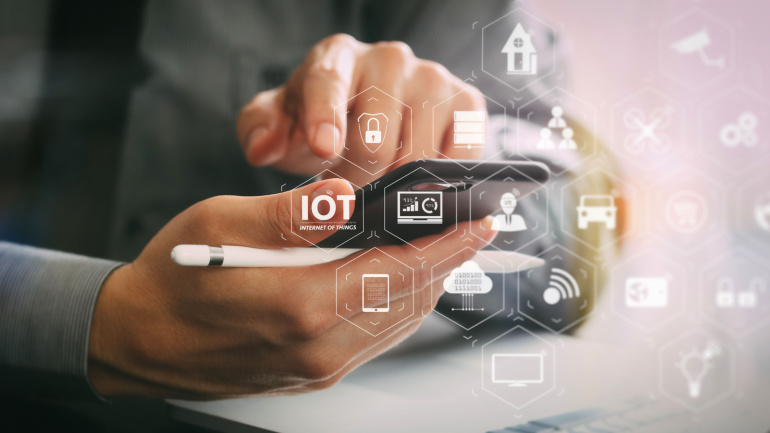Belgian telecoms group Proximus’ recent investment catapults it deep into the global Communication Platform-as-a-Service (CPaaS) sphere. By acquiring a majority stake in India’s Route Mobile, the company fortifies its ambitions of becoming a global industry leader. This move isn’t just about ownership, but a mutually beneficial partnership, expected to drive substantial value and facilitate significant market expansion.
The premier Japan-EU Digital Partnership Council has unveiled a refreshingly ambitious approach towards bolstering global connectivity. Highlighting fundamental areas of mutual support, an intriguing plan of Arctic submarine network expansion piques interest. Meanwhile, an equally significant strategy promotes semiconductor industry growth, echoing an urgent call for autonomy in the global supply chain. These pacesetting initiatives promise not only to redefine EU-Japan ties, but also to spark essential digital security dialogues for the evolving tech landscape.
Huawei plans a comeback in the smartphone market with new 5G devices using domestic chip supplies. Concerns persist about the quality of these chips and Huawei’s absence from the Android Play Store. CityFibre challenges Openreach with a faster wholesale FTTH service, while Optus collaborates with SpaceX’s Starlink to expand mobile coverage in Australia’s remote areas. Ofcom investigates O2 Virgin Media over customer complaints, and the European Court of Justice rejects a ruling on the Three-O2 merger, adding to the uncertainty in the telecommunications regulatory landscape.
The GSMA and the European Space Agency are planning a collaboration to further integrate satellite and cellular technologies. This new alliance promises to bring non-terrestrial networking (NTN) into the market mainstream, a significant step, previously signaled by NTN’s inclusion in the 3GPP’s 5G standards. With eyes set for integration in future 6G networks, this collaborative endeavor aims to advance unique solutions for businesses and consumers. It’s an astounding opportunity that potentially could yield a high-growth market worth $18 billion between 2024 and 2031.
Unveiling a battery and solar-powered 5G site in Texas, Ericsson demonstrates an innovative and eco-friendly approach to creating energy-smart network solutions. This next-generation site not only offers enhanced energy management, potentially trimming operational expenses and reducing energy consumption, but also hints at lucrative future revenue streams from selling excess power. As Ericsson continues to explore greener alternatives, it’s intriguing to see how telecom companies worldwide will adopt this sustainable model.
Strengthening its lead in the telecommunications sphere, the UK Space Agency has recently allocated £20 million to further drone-based technologies and aerial connectivity initiatives. This exciting endorsement could dramatically shape the future of many sectors, from emergency services to healthcare, illuminating the transformative potential of drone-borne support systems. How will this funding amplify the UK’s fast-growing satellite communications industry and revolutionise our everyday lives? Dig deeper to find out!
The future of telecommunications is rapidly changing thanks to the surge of Internet of Things (IoT) connections, with an anticipated 142 million 5G IoT roaming connections by 2027. This evolution promises increased speeds, reduced latency, and advanced services, setting the stage for a demand surge in standalone-specific 5G roaming agreements. However, despite these advancements, most connected devices will continue utilizing LTE-M and NB-IoT networks due to their compatibility with mixed traffic. A major hub for 5G IoT roaming is Western Europe, anticipated to host 21% of all such connections by 2027.
Witness an intriguing experiment as three major European telecom leaders dive headfirst into field-testing the European Union’s digital ID scheme, dubbed ‘Potential’. An initiative that aims to streamline identity verification across 19 EU nations, it brings to our digital life convenience, efficiency, and the promise of enhanced security. However, it’s not without its challenges -potential data leaks, risks of stringent gatekeeping and concerns over invasive surveillance.
A fresh structure designed to secure EU data housed in the US has been implemented, but disputes persist surrounding the safety of EU data during transatlantic transfers. While the EU sees the potential of unwarranted surveillance by US security forces, the US finds it challenging to alleviate these suspicions. Despite concerns raised by privacy activists, notable tech powerhouses like Facebook are in favor of this framework, thinking it’ll protect essential goods and services. This leaves a potent question around the future of data protection lingering in the air.
Telecom alliance Alaian is partnering with chip manufacturer Qualcomm to empower start-ups specializing in Extended Reality (XR). The alliance, comprising of seven telecom giants along with towerco Cellnex, targets initiatives involving metaverse, virtual platforms, and various services or applications from all over the globe. Despite a lukewarm response to the metaverse and the disappearance of mixed reality from the limelight, the conglomerate remains optimistic. Future XR experiences can greatly benefit from the expertise and resources provided by co-operating with Qualcomm.













